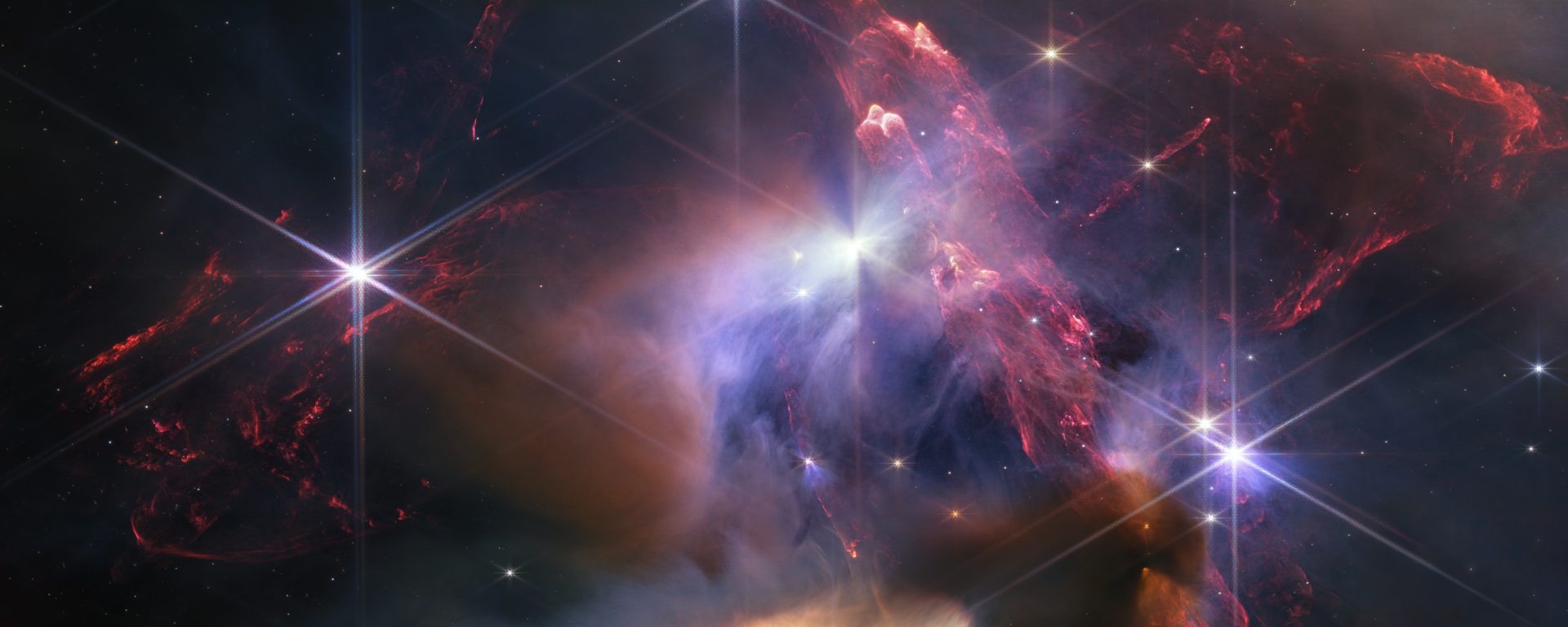https://sputnikglobe.com/20231201/celestial-odd-couple-overweight-planet-defies-cosmic-norms-by-orbiting-tiny-host-star-1115337094.html
Celestial Odd Couple: 'Overweight' Planet Defies Cosmic Norms by Orbiting Tiny Host Star
Celestial Odd Couple: 'Overweight' Planet Defies Cosmic Norms by Orbiting Tiny Host Star
Sputnik International
Astronomers identified an unusual celestial pair - an "overweight" planet, 13 times larger than Earth, orbiting a diminutive host star, LHS 3154, which is merely nine times smaller than the sun.
2023-12-01T22:34+0000
2023-12-01T22:34+0000
2023-12-01T22:32+0000
beyond politics
science & tech
earth
space
space exploration
https://cdn1.img.sputnikglobe.com/img/07e7/0c/01/1115336937_0:279:2000:1404_1920x0_80_0_0_64a9b9fb4ae7b563a99900e18084f438.jpg
Astronomers have identified an unusual celestial pair - an "overweight" planet, 13 times larger than Earth that is orbiting a host star nine times smaller than the sun.Officials stumbled upon the unexpected cosmic duo defying conventional theories of planet formation after utilizing the Habitable Zone Planet Finder (HPF).The study suggests a need for a reevaluation of our understanding of planetary and stellar formation processes. The researchers propose that the unexpectedly hefty planetary disk around LHS 3154 challenges conventional notions, potentially containing more dust than previously assumed.The detection of LHS 3154b, with an orbital period of merely 3.7 days, specifically prompts contemplation on the relationship between planet size, host star temperature, and the potential for liquid water. Researchers have argued that the close proximity of LHS 3154b to its star may be analogous to staying close to a cooling campfire for warmth – a necessity for a planet to sustain liquid water.Professor Frédéric Masset of the National Autonomous University of Mexico, in a commentary on the findings, describes the discovery as "unheard of" and has underscored it may prompt a significant reevaluation of current planetary formation theories.One potential explanation offered is a reconsideration of the amount of dust present in planetary disks, challenging previous assumptions and urging scientists to revisit the fundamental principles guiding our understanding of the cosmos.The study was published in the Science journal.
https://sputnikglobe.com/20231128/can-a-rogue-star-end-planet-earth-as-we-know-it-1115246946.html
earth
Sputnik International
feedback@sputniknews.com
+74956456601
MIA „Rossiya Segodnya“
2023
News
en_EN
Sputnik International
feedback@sputniknews.com
+74956456601
MIA „Rossiya Segodnya“
Sputnik International
feedback@sputniknews.com
+74956456601
MIA „Rossiya Segodnya“
unusual palnets, strange stars, lhs 3154, -space exploration, host star, habitable zone planet finder, lhs 3154b
unusual palnets, strange stars, lhs 3154, -space exploration, host star, habitable zone planet finder, lhs 3154b
Celestial Odd Couple: 'Overweight' Planet Defies Cosmic Norms by Orbiting Tiny Host Star
The oversized planet's orbit around the ultracool dwarf star - officially known as LHS 3154 - challenges existing expectations, with a mass ratio surpassing predictions by 100 times.
Astronomers have identified an unusual celestial pair - an "overweight" planet, 13 times larger than Earth that is orbiting a host star nine times smaller than the sun.
Officials stumbled upon the unexpected cosmic duo defying conventional theories of planet formation after utilizing the Habitable Zone Planet Finder (HPF).
"The planet-forming disk around the low-mass star LHS 3154 is not expected to have enough solid mass to make this planet... This discovery really drives home the point of just how little we know about the universe," states Suvrath Mahadevan, a professor of Penn State University and co-author of the findings.
Current planetary formation theories suggest that the available solid mass around low-mass stars like LHS 3154 should not be sufficient to birth a planet of LHS 3154b's size.
The study suggests a need for a reevaluation of our understanding of planetary and stellar formation processes. The researchers propose that the unexpectedly hefty planetary disk around LHS 3154 challenges conventional notions, potentially containing more dust than previously assumed.
The detection of LHS 3154b, with an orbital period of merely 3.7 days, specifically prompts contemplation on the relationship between planet size, host star temperature, and the potential for liquid water.
Researchers have argued that the close proximity of LHS 3154b to its star may be analogous to staying close to a cooling campfire for warmth – a necessity for a planet to sustain liquid water.

28 November 2023, 13:44 GMT
Professor Frédéric Masset of the National Autonomous University of Mexico, in a commentary on the findings, describes the discovery as "unheard of" and has underscored it may prompt a significant reevaluation of current planetary formation theories.
One potential explanation offered is a reconsideration of the amount of dust present in planetary disks, challenging previous assumptions and urging scientists to revisit the fundamental principles guiding our understanding of the cosmos.
The study was published in the
Science journal.



